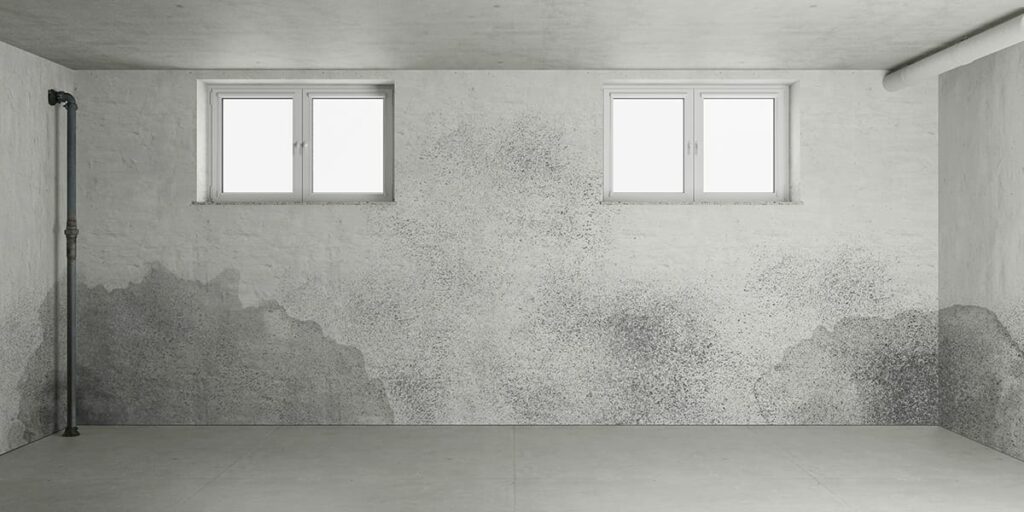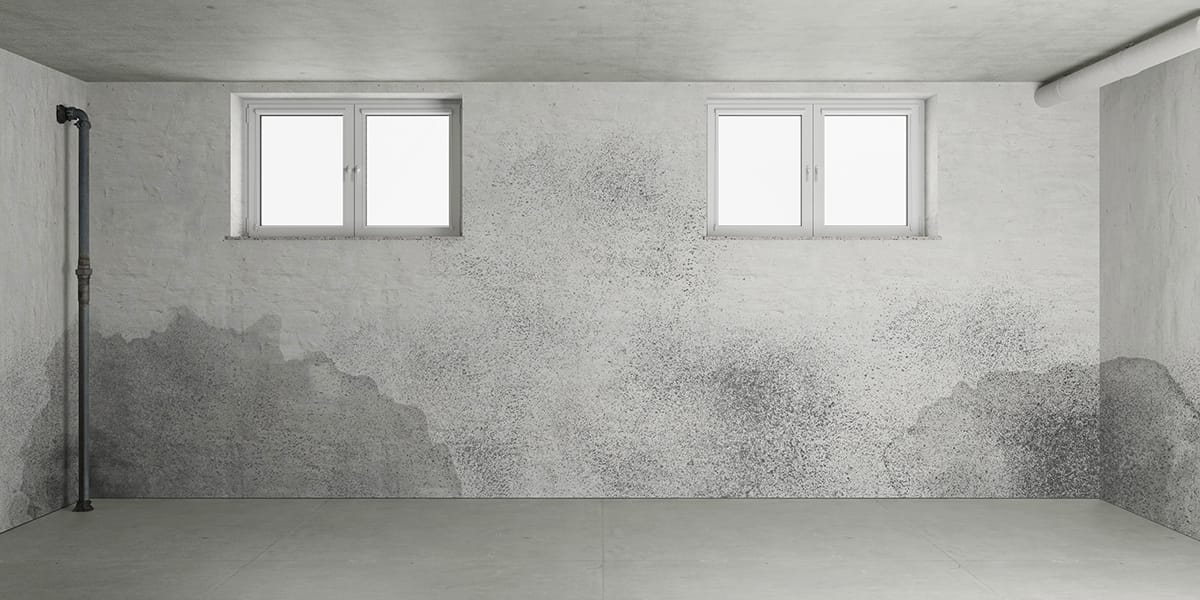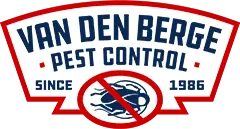
Contents

High levels of humidity can be unbearable. We will do anything to escape the outdoors, avoiding that sweaty and sticky feeling. However, high levels of moisture, including those days with high humidity, can help certain pests thrive.
As summer temperatures rise, it is likely that the air in your basement will build its levels of humidity. Which makes moisture control even more important. That humidity is caused by water evaporating into the air, and that water can come from one or more different reasons. One of those reasons can simply be from the air outside getting inside.
Another reason might be that your dryer or another appliance is venting inside your basement instead of outside. It might be due to water beneath your foundation, or that the walls of your foundation are wet. When the soil around your basement or foundation is over-saturated with water, that water will make its way through the porous concrete walls and into your basement.
Regardless of the reason, that humidity will attract many pests this summer, including cockroaches, silverfish, centipedes, earwigs, and mosquitoes. These are just the most common types of pests that you can come across because of high levels of humidity, but there are others that love and thrive in areas with high moisture levels.
Rodents are also attracted to that moisture, and their presence can lead to significant damage to your home. Too much moisture can lead to wood rot, which then leads to holes or gaps that allow rodents to infiltrate through. Once inside, it is only a matter of time before the damage becomes too much to repair.
Mice, for instance, can cause damage to electrical wiring, structural damage, increase the risk of fire hazards, and can even transport other harmful pests into your home such as fleas, lice, mites and ticks.
In order to limit the likelihood of pests making their way into your home, you can start by limiting the humidity. Less moisture should lead to fewer pests, while also making your home safer and more comfortable. Measuring the humidity levels is a good start, and that can be done with a humidistat.
Just as your home’s thermostat measures the temperature inside the house, a humidistat monitors the humidity conditions inside. Humidity levels that exceed 70 percent create a breeding ground not just for pests, but also mold.
To help remove that humidity will take a dehumidifier. The dehumidifier works just as you would think it does, by removing the moisture from the air. This will help deter pests and also will curb the growth of mold. Many homes will place a dehumidifier where the humidity is at its worst, which is likely the basement. Other options to cut down on that humidity include better insulation for your home, keeping the windows shut, or by upgrading your HVAC system with better ventilation.
Every homeowner wants to feel safe and comfortable in their own house, and by limiting the humidity, you will also limit the likelihood of pests, and can achieve the goal of peace of mind. For more information on how humidity attracts pests, call Van Den Berge Pest Control today at 616-392-7367.
Trust the locally owned, widely renowned experts at Van Den Berge Pest Control for all of your pest needs. With over 100 years of combined experience throughout the Holland, MI-based pest control team, you know you’re in excellent hands with our state-certified experts.
Recent Posts
What Are Professional Flea Extermination Services?
If you’re dealing with a flea infestation, understanding professional flea extermination services is vital. These
Can You Really Keep Mice Out of Apartments?
Keeping mice out of apartments is more than just wishful thinking. By understanding their behavior
Stop Mice Infestations in Apartments Now
You might think Mice Infestations are a small nuisance, but they can escalate into a
